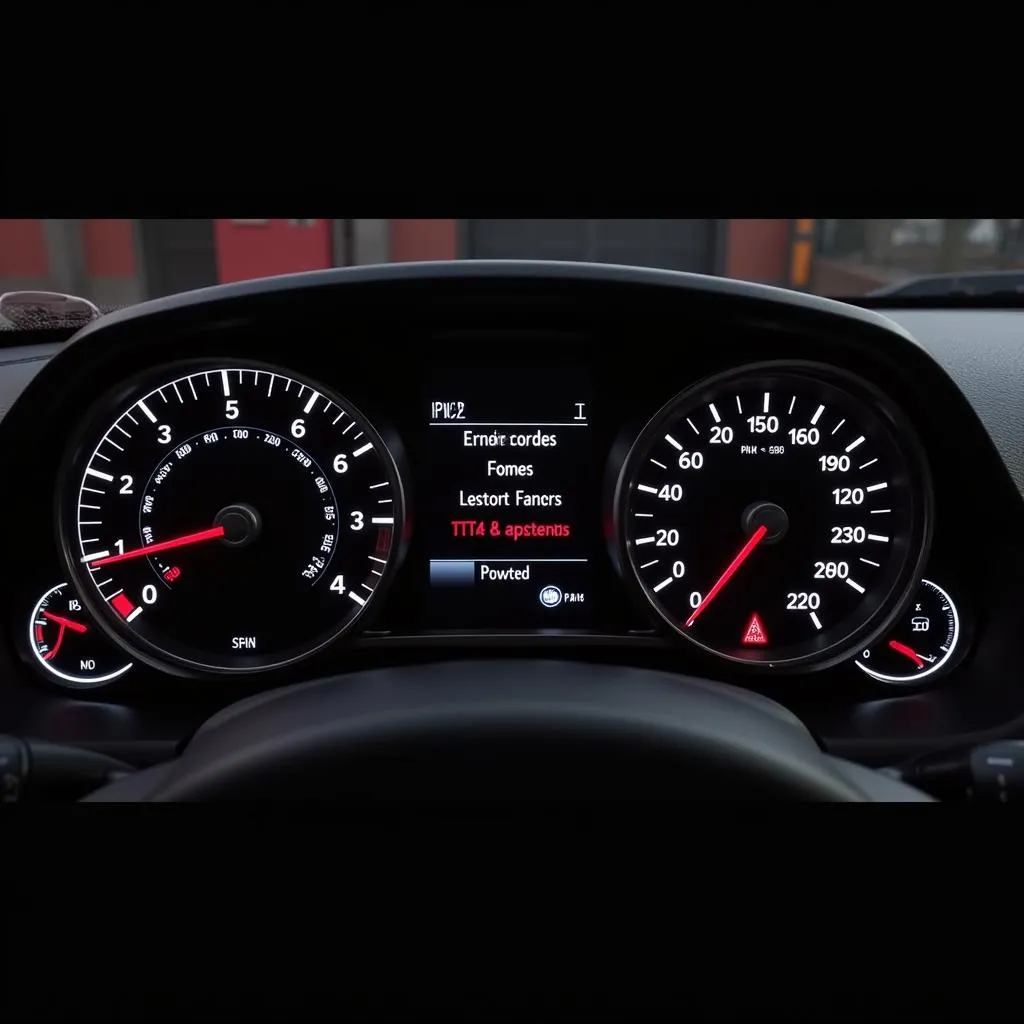Car repair simulators have become increasingly popular among automotive enthusiasts and aspiring mechanics. These virtual garages offer a risk-free environment to learn about car maintenance, troubleshooting, and repair procedures. One crucial aspect of these simulators is the use of “codes,” which are essentially digital representations of car problems. This article delves into the world of codes in car repair simulators, providing you with a comprehensive understanding of their significance and how they can help you become a virtual mechanic extraordinaire.
Why Are Codes Important in Car Repair Simulators?
In the real world, cars are equipped with onboard computers that monitor various systems and components. When a problem arises, the computer generates a specific code, often displayed as a combination of letters and numbers, which corresponds to the issue. Car repair simulators aim to replicate this real-world experience, requiring players to use these codes to diagnose and fix virtual vehicle problems.
Understanding these codes is crucial for several reasons:
- Accurate Diagnosis: Codes act as virtual clues, guiding you towards the root cause of the problem. This eliminates guesswork and enables you to pinpoint the faulty component or system efficiently.
- Efficient Repairs: By accurately diagnosing the issue using codes, you can avoid unnecessary repairs and focus on replacing or fixing the actual problem area, saving you time and in-game currency.
- Learning Experience: Familiarizing yourself with codes in the simulator translates to real-world knowledge. As you encounter and decipher various codes, you’ll build a foundation for understanding actual car diagnostic procedures.
Deciphering Codes in Car Repair Simulators
While specific codes and their meanings may vary depending on the simulator, most follow a general pattern. Here’s a simplified breakdown:
- Code Structure: Codes typically consist of a letter followed by a series of numbers (e.g., P0101). The letter often indicates the system affected (e.g., P for Powertrain), while the numbers correspond to a specific issue within that system.
- Code Lookup: Most car repair simulators provide in-game resources to look up code definitions. This might be a digital manual, a computer database within the game, or even a simple search function.
- Context is Key: While codes offer valuable insights, it’s crucial to consider the context. Symptoms observed during gameplay, such as engine noises, warning lights, or performance issues, can provide additional clues to aid in accurate diagnosis.
Tips for Using Codes Effectively
- Take Notes: As you encounter new codes, jot down their meanings in a physical or digital notebook. This creates a handy reference guide for future use.
- Start Simple: Begin with simulators that offer a more gradual learning curve and simplified code systems. This allows you to grasp the fundamentals before tackling more complex simulations.
- Practice Makes Perfect: The more you play and encounter codes, the better you’ll become at recognizing patterns and diagnosing issues efficiently.
Conclusion
Codes in car repair simulators are not just random strings of characters; they are essential tools that enhance the realism and educational value of these virtual experiences. By understanding and utilizing codes effectively, you can transform from a virtual novice to a skilled mechanic, equipped with the knowledge to diagnose and repair a wide range of automotive issues—at least in the digital world. So, fire up your favorite car repair simulator, embrace the codes, and embark on your virtual mechanic journey!



